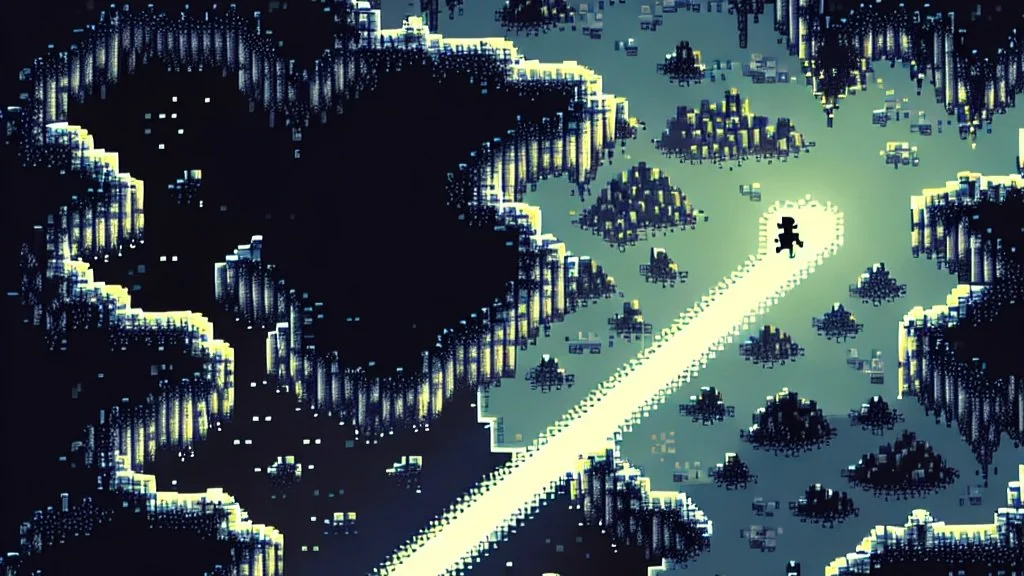Tracking the evolution of design in the 20th century and forward
The Timeless Challenge of Design
As designers, we strive to create work that transcends time, yet we face a fundamental challenge: how do we develop designs that avoid becoming clichéd as visual languages become culturally saturated?
"Once someone invents something that is visually interesting, other people pick it up and it becomes a style." - Lorain Wilde, Eye Magazine Interview
Design as a Living Organism
Rather than viewing current style trends as something to resist, we should reconceptualize design as an organic entity—one that experiences birth, life, death, and rebirth. This perspective shifts our approach from avoidance to strategic positioning: identifying emerging design styles and positioning ourselves ahead of their evolution.
Consider the transition from skeuomorphism to flat design and back again with Apples liquid glass, or today's revival of brutalism as a response to early 2000s minimalism. These transitions illustrate the cyclical nature of design movements.
Anticipating the Wave
Positioning Ahead of Trends
The key to innovative design lies not in reacting to current movements but in anticipating them. When we merely respond to what's happening in real-time—whether in music, art, or design—we inevitably miss the peak and catch only the trailing edge. The objective is to position ourselves ahead of the wave so it meets us at its crest, ensuring our work not only remains progressive but also enjoys extended market relevance.
The Generational Influence
Design preferences aren't simply repetitive patterns; they're deeply connected to generational psychology. As evidence of this phenomenon, we can observe how:
Mid-century modern design (1950s-60s) experienced a significant revival in the 2010s, when the grandchildren of that era reached purchasing maturity
The Memphis Group's bold 1980s aesthetics returned to prominence in the late 2010s, approximately 30-40 years after its original emergence
Brutalist design principles from the 1950s-70s have cycled back into contemporary digital and architectural design
This psychological connection creates a fascinating correlation: current design trends are often shaped by the aesthetic preferences of previous generations, typically skipping one generation between influence and revival.
The Drive for Innovation
Responding to Visual Fatigue
In our media-saturated world, we consume hundreds of hours of content, creating both a desire to conform and a craving for novelty. Evidence of this accelerated cycle includes:
The rapid evolution from skeuomorphic to flat design in UI/UX (2007-2013)
The transition from minimalist web design to more expressive "brutalist" web aesthetics (2015-2020)
The shortened lifespan of design trends in branding, with major rebrands occurring every 5-7 years rather than every 15-20 years as in previous decades
Design Cycles Throughout History
Examining 20th-century design history reveals oscillating patterns between two primary aesthetic categories: Minimalism and Maximalism. Historical examples that demonstrate this oscillation include:
The ornate Art Nouveau (1890s-1910s) to the geometric Art Deco (1920s-30s)
The sleek Mid-Century Modernism (1950s-60s) to the expressive Psychedelia and Pop Art (late 1960s-70s)
The decorative Postmodernism (1980s) to the restrained Digital Minimalism (1990s-2000s)
The clean Swiss/International Style influence (early 2000s) to the current Neo-Memphis and Digital Brutalism (2010s-present)
This approach to understanding design evolution forms the foundation of my project planning methodology, helping our design team establish forward-thinking objectives. I hope these insights prove valuable as you develop the aesthetic direction for your own projects.
Heuristic evaluation and moodboard for Lookers redesign




